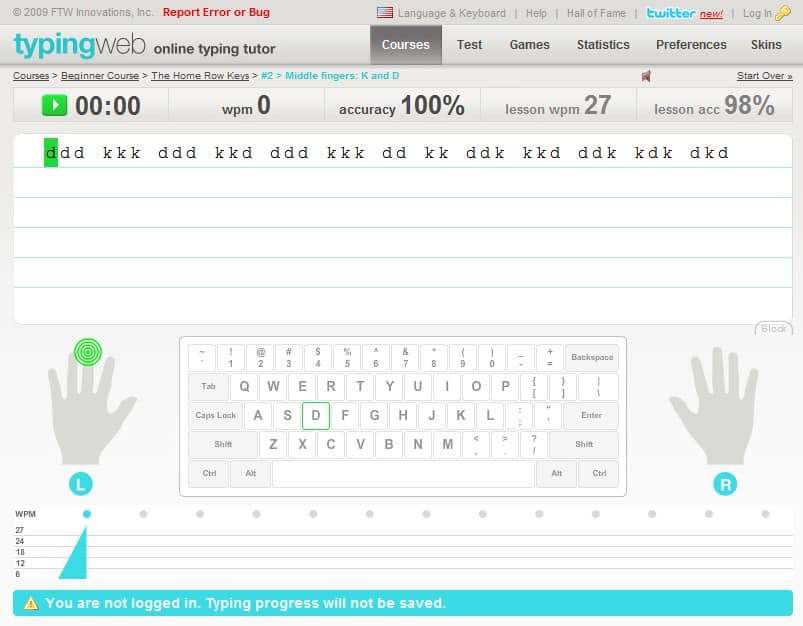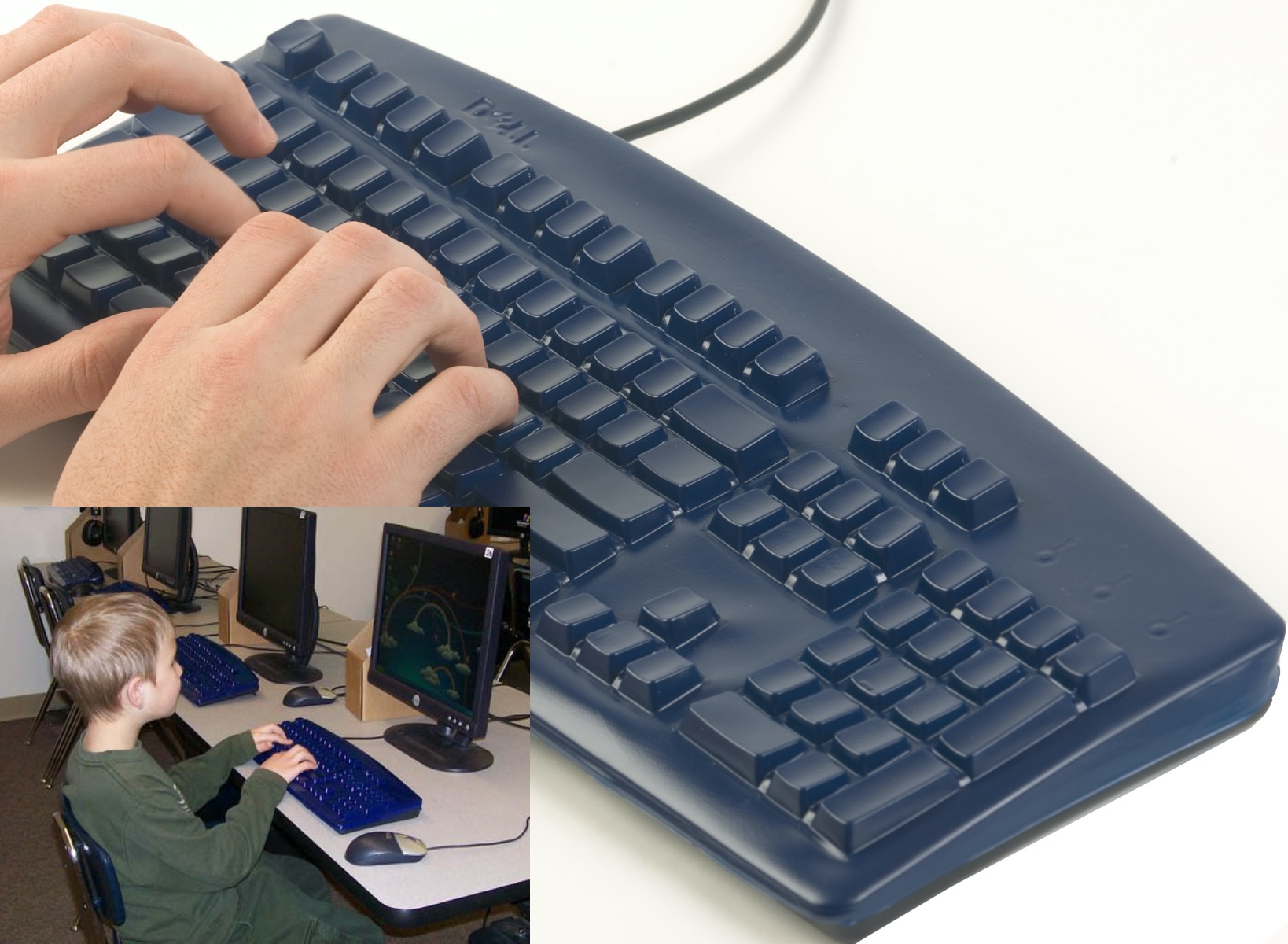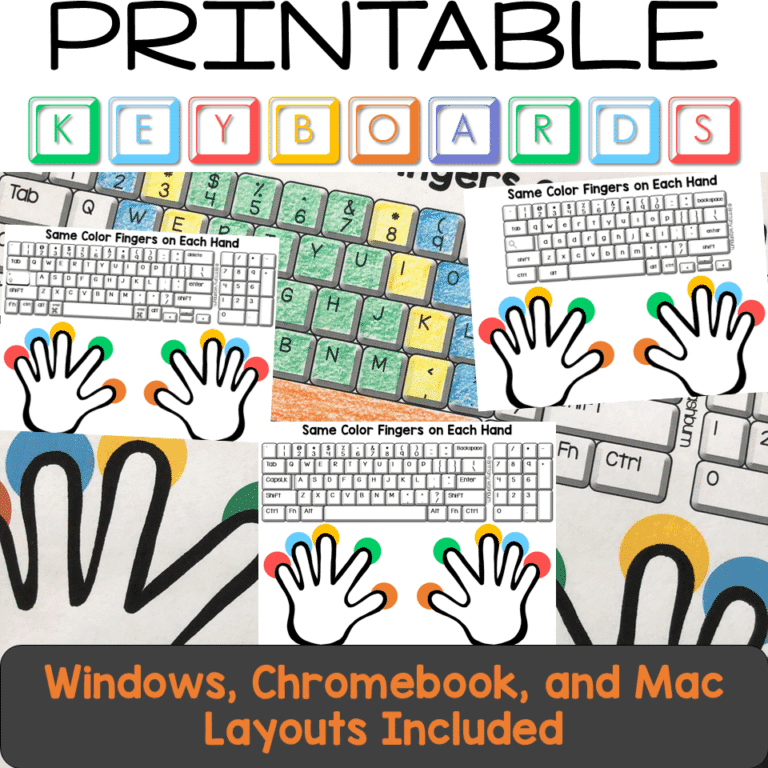

These studies focused on conventional handwriting, namely, writing with a pen or pencil on paper. This detrimental effect of typing was suggested to lay in the fact that typing is a verbatim transcription of the lecture, while writing by hand requests processing and rephrasing of the information ( Mueller and Oppenheimer, 2014). Finally, a behavioral study showed that university students who took notes on a laptop performed worse on conceptual questions than those taking notes by hand. The advantage of handwriting over typing is considered to originate from the meaningful coupling between action and perception ( Kiefer et al., 2015), on the basis of evidence from electroencephalography (EEG) ( van der Meer and van der Weel, 2017) and magnetic resonance imaging studies ( Longcamp et al., 2008 Vinci-booher et al., 2016).
#Tkeyboard typing class free
In adults, free word recall was better for words that were written by hand rather than typed on both a conventional or a touch keyboard ( Mangen et al., 2015). In addition, preschool children who practiced handwriting of the alphabet performed better in free letter and word writing than those who underwent typing training ( Kiefer et al., 2015). Similar results were reported in adults for the learning of pseudo-letters ( Longcamp et al., 2006).

(2005) showed a better recognition of the alphabet letters in preschool children after handwriting training compared with typing training. Regarding writing tools, previous behavioral studies have shown that handwriting is more effective for learning than keyboard writing. To develop efficient education systems, assessing the effect of the use of digital tools on learning is essential. Finally, our results show that handwriting with a digital pen and tablet can increase the ability to learn compared with keyboard typing once the individuals are accustomed to it. The advantage of handwriting over typing might also be caused by a more positive mood during learning. These results suggest that the movements involved in handwriting allow a greater memorization of new words. On the other hand, the behavioral indices were not influenced by the writing tool. In addition, positive mood during learning was significantly higher during handwriting than during typing, regardless of the groups. The unfamiliar group showed the greater N400 priming effect for words learned with the ink pen compared with words learned by typing. The familiar group showed a greater N400 priming effect for words learned with the digital or ink pen than those learned with the keyboard.

We assumed that a larger priming effect on N400 reflects larger learning progress. The target word was either semantically identical to the prime word (repetitive condition) or different (non-repetitive condition). In each trial, a learned foreign language word (prime word) and a mother tongue word (target word) were consecutively presented. We performed an EEG experiment applying a repetition priming paradigm. The participants were divided according to their use of digital pen in their everyday lives, allowing us to take into account the effect of the familiarity with the digital pen on the learning process (familiar group vs.

The moods of the subjects during the training were also assessed. Behavioral and electroencephalographic indices were measured immediately after learning with each writing tool. In the present study, we compared learning by handwriting with an ink pen on paper, handwriting with a digital pen on a tablet, and typing on a keyboard. However, the impact of writing with a digital pen on a tablet remains to be clarified. Previous behavioral studies have shown that handwriting on paper is more effective for learning than typing on a keyboard. The growing implementation of digital education comes with an increased need to understand the impact of digital tools on learning. 3Graduate School of Frontier Bioscience, Osaka University, Suita, Japan.1National Institute of Information and Communications Technology, and Osaka University, Kobe, Japan.Ihara 1*, Kae Nakajima 1, Akiyuki Kake 2, Kizuku Ishimaru 2, Kiyoyuki Osugi 1,3 and Yasushi Naruse 1


 0 kommentar(er)
0 kommentar(er)
